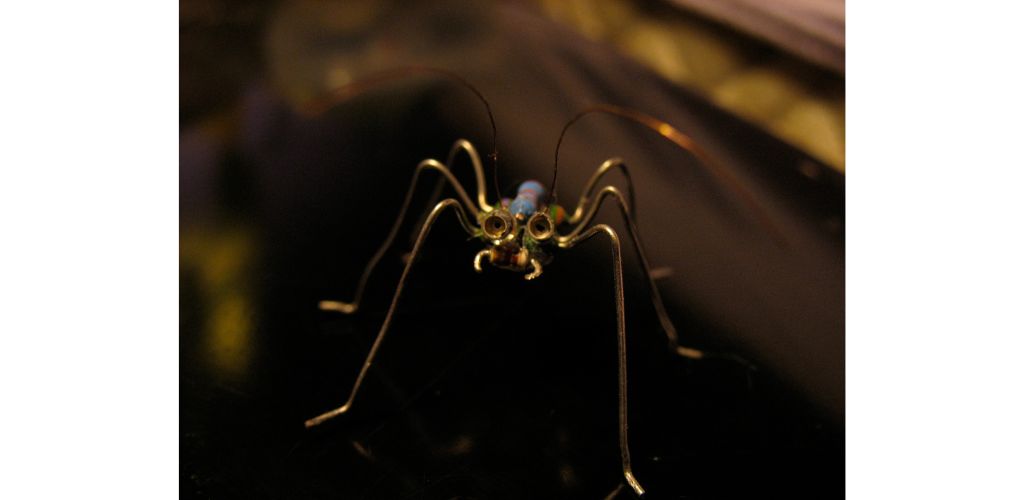The US Patent and Trademark Office (USPTO) has announced that a recent update to its software “introduced a coding error into the patent term adjustment software the agency uses to perform patent term adjustment (PTA) determinations.”
As the USPTO explains,
Patent Term Adjustment (PTA) is a process of extending the term of a U.S. patent. Its intention is to accommodate for delays caused by the USPTO during the prosecution of a U.S. utility or plant patent application. The total PTA is an addition to the 20 year lifespan of the issued U.S. patent.
PTA isn’t the same as Patent Term Extension (PTE). PTA compensates for administrative delays by the USPTO in the patent administration process, while PTE compensates for regulatory delays in obtaining approvals for specific regulated patented products (such as drugs).
The coding error affects certain patents issued between March 19, 2024 and July 30, 2024.
The USPTO estimates that about 1% of patents issued during this period may have been affected by the coding error.
As the USPTO explains,
The American Inventors Protection Act of 1999 or AIPA … amended 35 U.S.C. 154(b) to provide for patent term adjustment in the event that the issuance of the patent is delayed due to one or more of the enumerated administrative delays listed in 35 U.S.C. 154(b)(1). Under the patent term adjustment provisions of the AIPA, a patentee generally is entitled to patent term adjustment for the following reasons: (1) if the USPTO fails to take certain actions during the examination and issue process within specified time frames (35 U.S.C. 154(b)(1)(A))(“A” delay); (2) if the USPTO fails to issue a patent within three years of the actual filing date of the application (35 U.S.C. 154(b)(1)(B))(“B” delay); and (3) for delays due to interference or derivation proceedings, secrecy orders, or successful appellate review (35 U.S.C. 154(b)(1)(C))(“C” delay). See 35 U.S.C. 154(b)(1).
The AIPA also sets forth conditions and limitations on any patent term adjustment accrued under 35 U.S.C. 154(b)(1).
Specifically, 35 U.S.C. 154(b)(2)(A) provides, “to the extent that periods of delay attributable to grounds specified in paragraph (1) overlap, the period of any adjustment granted under this subsection shall not exceed the actual number of days the issuance of the patent was delayed.”
The USPTO performs an automated calculation of how much patent term adjustment, if any, is due to a patentee using the information recorded in the USPTO’s One Patent Service Gateway (OPSG) system.
Due to the coding error,
In many of the patents, the overall amount of PTA remains correct because the inaccurate amount of “A” delay equaled the inaccurate amount of “Overlap.” However, in some instances, the inaccurate amount of “Overlap” did not equal the amount of inaccuracy in the “A” delay, potentially leading to patentee receiving an inaccurate amount of overall PTA.
The USPTO provides the following guidance on what those affected by the coding error can do to correct it:
Impacted patentees may file a request for reconsideration of the PTA determination as set forth in 37 CFR 1.705(b). The request for reconsideration must be filed no later than two months from the date the patent was granted. The two-month period may be extended under the provisions of 37 CFR 1.136(a).
Also,
Where the sole reason for contesting the PTA determination in this patent is a calculation error in the amount of “A” delay and “Overlap”, the USPTO will waive the fee to file the request for reconsideration under 37 CFR 1.705(b)(1) as set forth in 37 CFR 1.18(e) as well as any extension of time fees under 37 CFR 1.136(a).
More information is here.
Just like the haiku above, we like to keep our posts short and sweet. Hopefully, you found this bite-sized information helpful. If you would like more information, please do not hesitate to contact us here.


